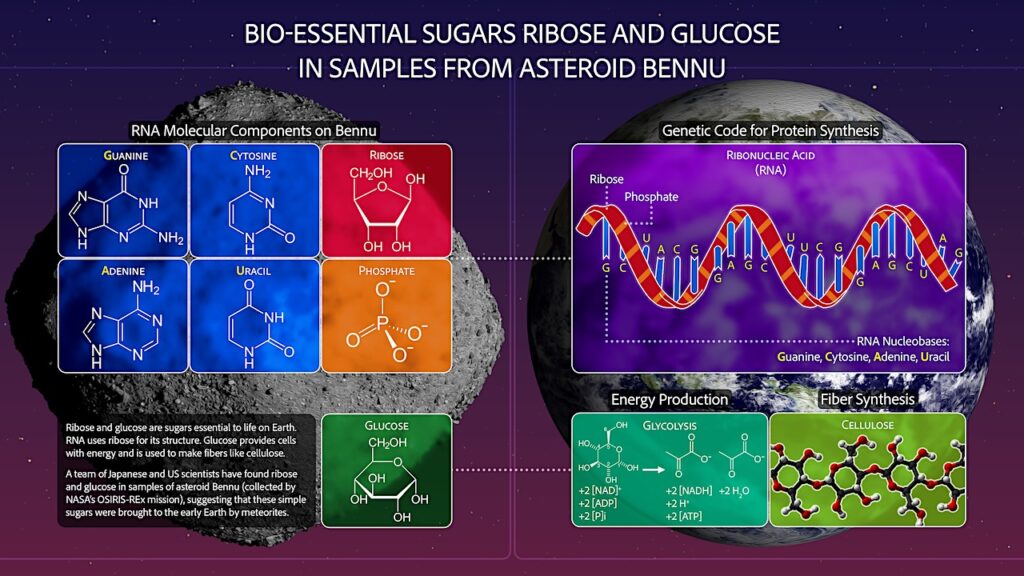Webb Measures The Temperature Of Rocky Exoplanet TRAPPIST-1 b

Webb measured the dayside temperature of rocky exoplanet TRAPPIST-1 b and found it to be about 450 degrees F (227 degrees C), suggesting it has no significant atmosphere.
This marks the first detection of any form of light — in this case, heat energy — emitted by a rocky planet that’s as small and cool as those in our solar system.
As a refresher, TRAPPIST-1 b is the innermost of 7 rocky planets (found in 2017) orbiting the M dwarf star TRAPPIST-1. M dwarf stars are intriguing because they are 10 times as common and 2 times more likely to have rocky planets than stars like our Sun.
These new Webb results give us important clues about TRAPPIST-1 b’s 3 siblings in the habitable zone (whose conditions could support liquid water on their surfaces) as well as other M-dwarf systems. It’s a key step to figuring out if planets around M-dwarf stars can sustain atmospheres needed to support life, with a promise of more science to come.
This image: Comparison of the dayside temperature of TRAPPIST-1 b as measured using Webb’s Mid-Infrared Instrument (MIRI) to computer models showing what the temperature would be under various conditions. The models take into account the known properties of the system, including the temperature of the star and the planet’s orbital distance. The temperature of the dayside of Mercury is also shown for reference.
The dayside brightness of TRAPPIST-1 b at 15 microns corresponds to a temperature of about 500 kelvins (roughly 450 degrees Fahrenheit). This is consistent with the temperature assuming the planet is tidally locked (one side facing the star at all times), with a dark-colored surface, no atmosphere, and no redistribution of heat from the dayside to the nightside.
If the heat energy from the star were distributed evenly around the planet (for example, by a circulating carbon dioxide-free atmosphere), the temperature at 15 microns would be 400 kelvins (260 degrees Fahrenheit). If the atmosphere had a substantial amount of carbon dioxide, it would emit even less 15-micron light and would appear to be even cooler.
Although TRAPPIST-1 b is hot by Earth standards, it is cooler than the dayside of Mercury, which consists of bare rock and no significant atmosphere. Mercury receives about 1.6 times more energy from the Sun than TRAPPIST-1 b does from its star.
Credits ILLUSTRATION: NASA, ESA, CSA, Joseph Olmsted (STScI)
Astrobiology








